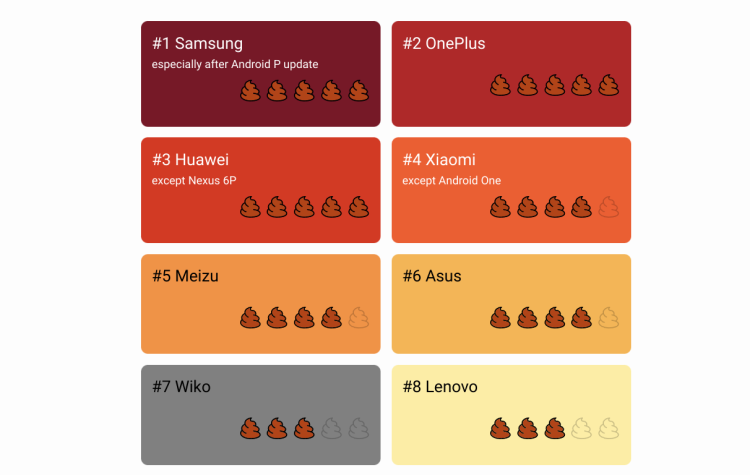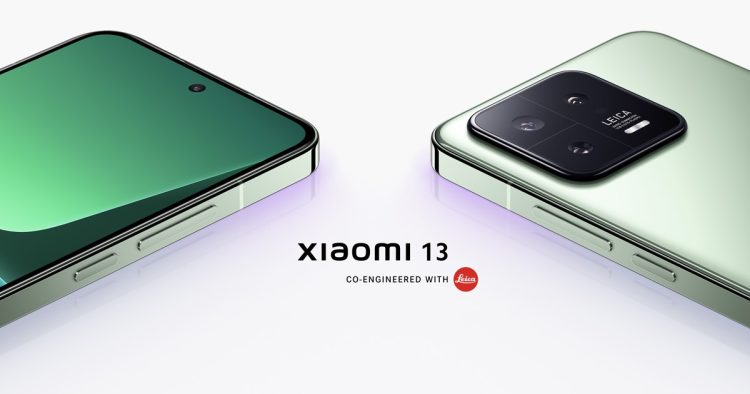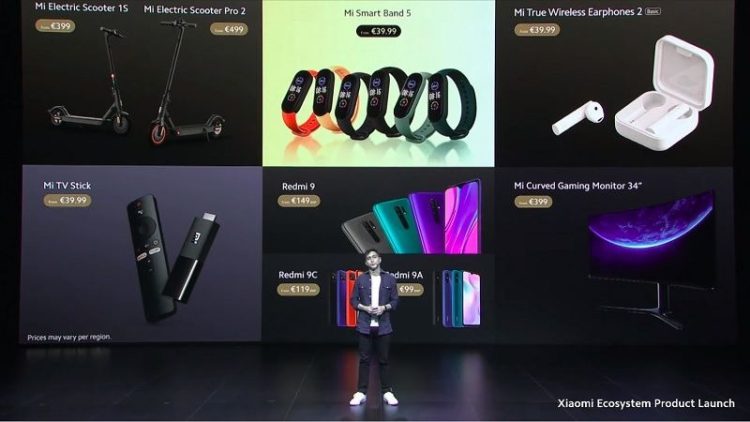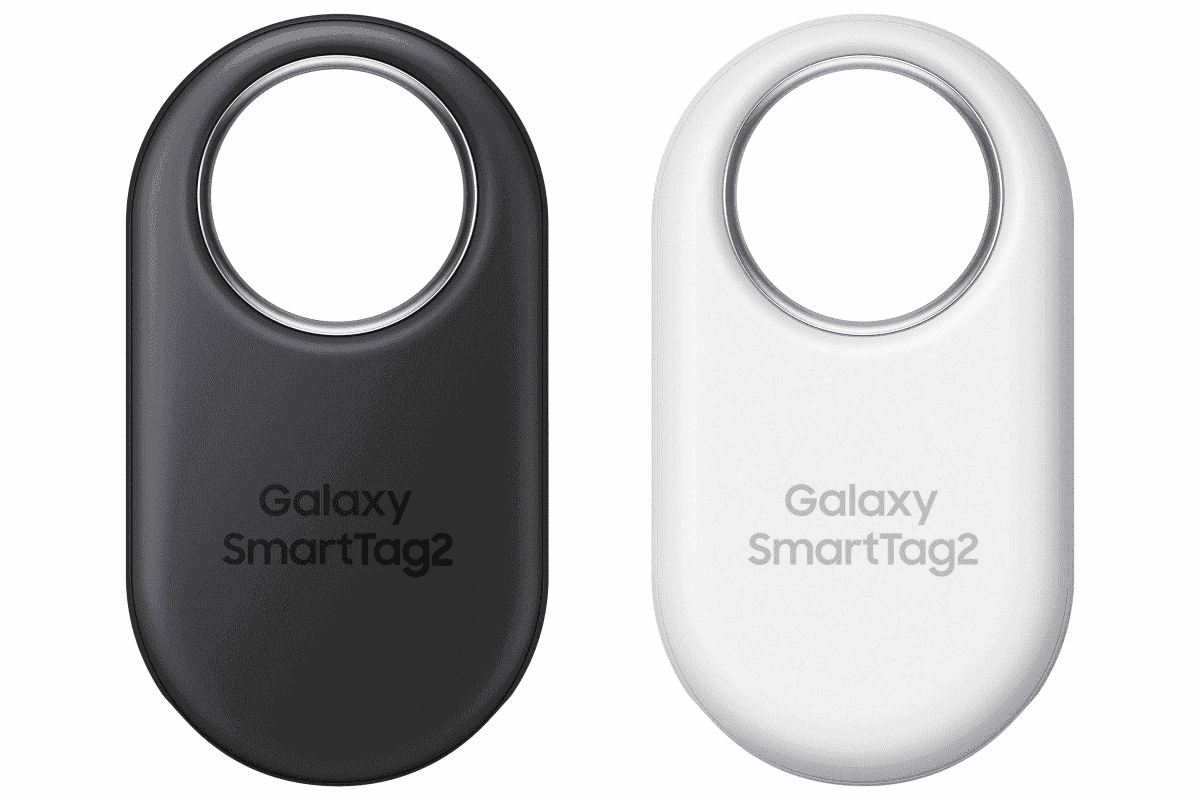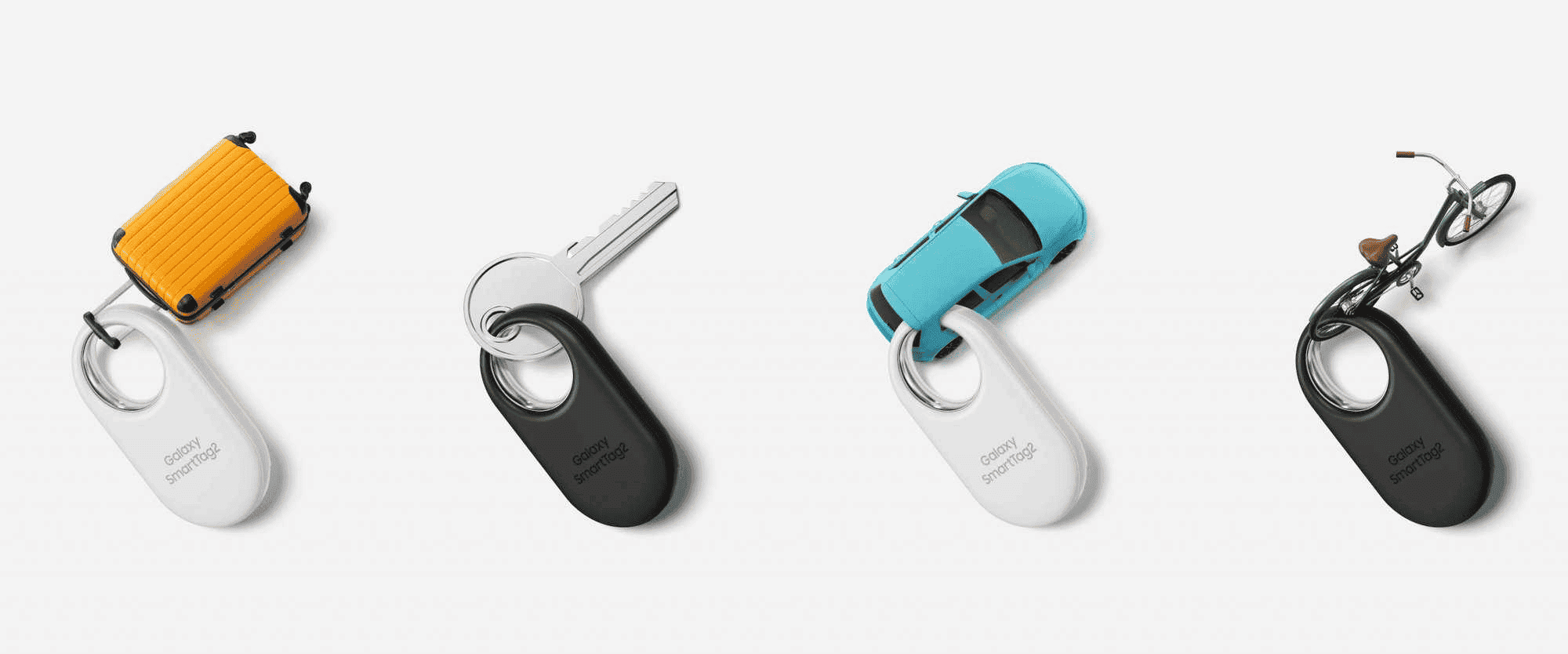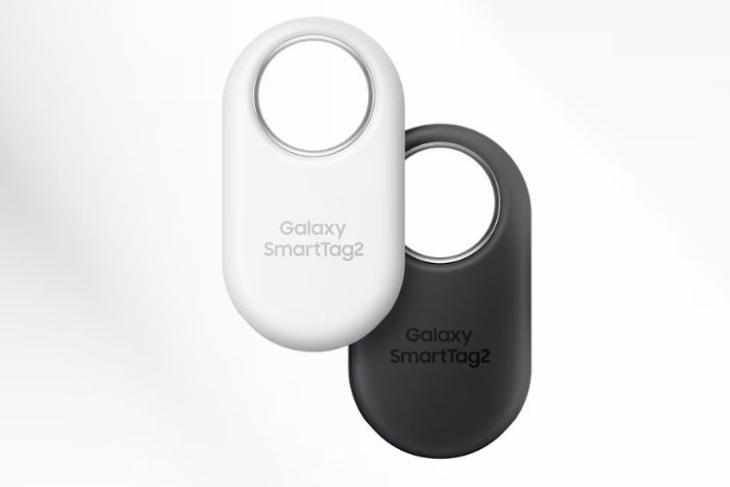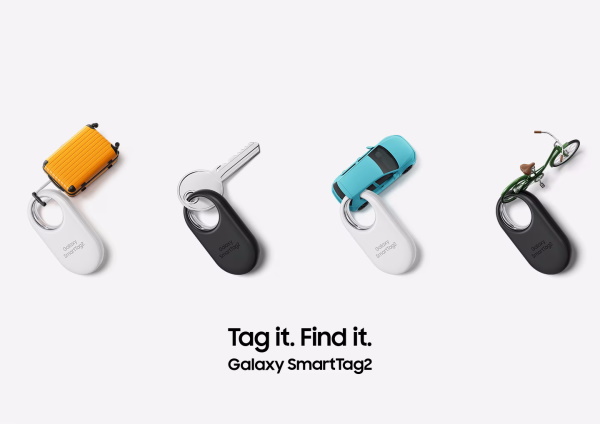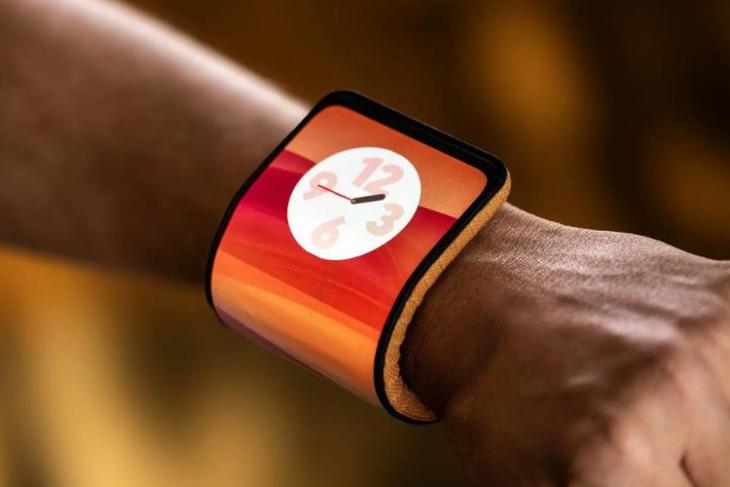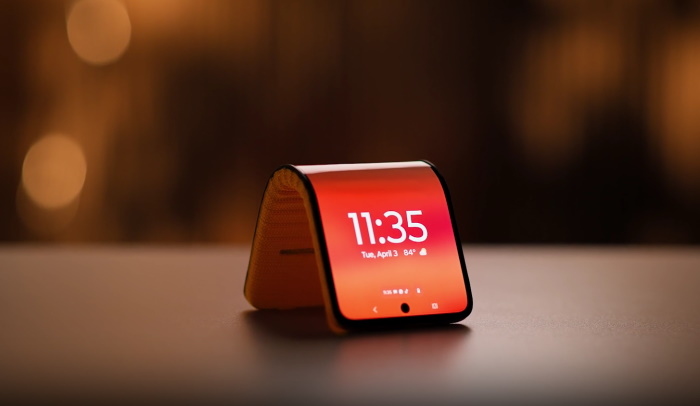
Super Mario Bros. Wonder was released just last week. Many fans are already calling Super Mario Bros. Wonder the best 2D Mario platforming game since the Super Nintendo era. Indeed, review scores for the game have been very favorable.
Even Masahiro Sakurai recently made comments about Super Mario Bros. Wonder (and Spider-Man 2 for the PlayStation 5) on his Twitter account. He ended up having some very positive things to say about the newest 2D platformer.
“I finished Spider-Man 2 and Super Mario Bros. Wonder last night,” said Masahiro Sakurai on Twitter according to Google Translate. He noted that it can be a bit of a problem when such major titles are released on the same day like with this scenario.
As it turns out, Sakurai thinks that both games are masterpieces and he can recommend them to anyone. Overall, he’s grateful towards the developers of both games for delivering these titles.
昨晩『スパイダーマン2』と『スーパーマリオブラザーズワンダー』の2本をクリアしました。
見るべきビッグタイトルの発売日が重なるのは困る…!
だけど、どちらも誰にでもオススメできる傑作だと思いました。
最近のゲームはスゴいし、作ってくれたことに感謝しています。— 桜井 政博 / Masahiro Sakurai (@Sora_Sakurai) October 24, 2023
Out of all the new powerups in Super Mario Bros. Wonder, it feels like the Elephant Mario form is the most iconic for the game. With that in mind, could it be possible to implement Elephant Mario into a future installment of the Super Smash Bros. series as a way of representing this great game?
In Super Mario Bros. Wonder, the hurtbox of the character expands greatly when in elephant form, but the playable character gains access to a melee-ranged trunk attack and the ability to store water that can sprayed later on.
Essentially, the implementation of Elephant Mario in Mario’s Smash moveset could work similarly to how Kazuya from the Tekken series transforms into his Devil Form for specific attacks. This could work particularly well with Mario’s Smash attacks.
Mario’s forward smash could be a shoulder ram in Elephant Mario form. As for his down smash, he could pound the ground. Finally, Mario’s up smash could be an up trunk attack as we’ve seen in Super Mario Bros. Wonder.
By transforming Mario into his Elephant Mario form during smash attacks, Mario could see increased range and attack power. Additionally, other traits like increased weight or super armor properties could also be applied specifically when these attacks are being performed.
The existence of Elephant Mario could also result in Super Smash Bros. finally retiring F.L.U.D.D., Mario’s down special. Outside of the Super Smash Bros. series, F.L.U.D.D. hasn’t been relevant since 2002 when F.L.U.D.D. was introduced as Mario’s partner character for Super Mario Sunshine.
Essentially, the Elephant Form of Mario’s down special can work almost identically to how his down special currently works in that Mario can charge the special for a more powerful effect.
Upon spraying opponents with water, they’ll be pushed back by the wind boxes produced by the water effect. Considering that Elephant Mario would have to have an expanded hurtbox compared to Mario while charging and releasing his down special, it might be fine for the attack to actually cause damage similar to how Greninja’s up special does.
Of course, it should be noted that the water spray in Super Mario Bros. Wonder is pretty much harmless to most non-fire enemies, so that would probably be referenced appropriately in Super Smash Bros. as well.


